As gardeners, we can never have enough plants!
Instead of spending your hard-earned cash on new ones, why not multiply your
favorites for free? Not only will you save money, but you can also swap or
share plants with friends—or even give them as thoughtful gifts.
One of the easiest ways to grow more plants is by taking a stem cutting and placing it in water. Some cuttings root remarkably quickly, sometimes in just a few days! Herbs like basil, mint, and thyme are perfect for this. Rosemary might take a little longer, but the process is just as simple. (See photo below of thyme cuttings with new roots )
Other great candidates include sweet potato, Sansevieria, coleus, impatiens, croton, and even roses (though roses can be a bit tricky).
How to
Propagate Plants in Water
- Take a Cutting: Use
clean scissors to snip a healthy 4–6-inch stem just below a node.
- Place in Water: Pop
it in a clear jar or glass so you can watch the roots grow. Keep the node
submerged but the leaves above water.
- Wait and Watch: Change the water every few days, and in about a week (or a bit longer for some plants), roots should appear.
Once your cutting has enough roots, it’s time
to pot it up:
- Prep the Pot: Use
a free-draining potting mix to protect those delicate roots.
- Plant Carefully: Fill
a pot or plug tray, make a hole in the potting mix with your finger or dibber, and gently
place the rooted cutting inside. Firm the soil around it.
- Water and Adjust: Water the plant to settle the soil and keep it in a shaded spot for a few days. Gradually expose it to sunlight to help it acclimate, a process known as 'hardening off'.
And just like that, you’ve got a brand-new
plant ready to thrive! Whether you’re multiplying herbs for your kitchen or
sharing a vibrant coleus with a friend, propagation is an easy, rewarding way
to expand your green collection.
So, what are you waiting for? Grab those scissors and let the stem rooting/plant-growing fun begin!
Happy Gardening!
The Grey-Haired Gardener


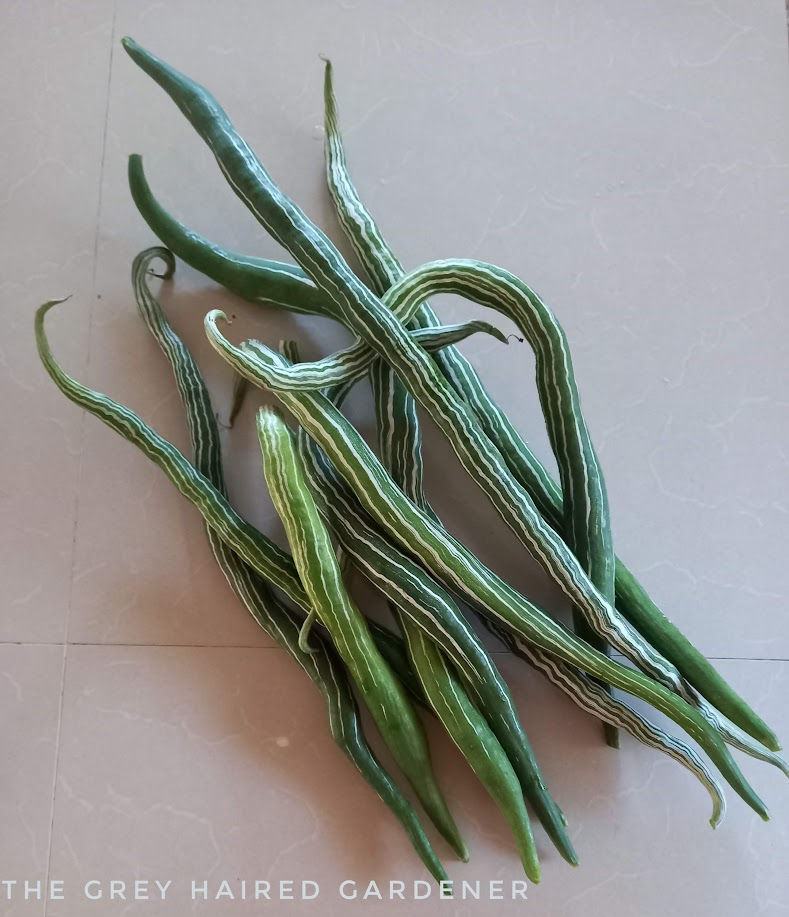





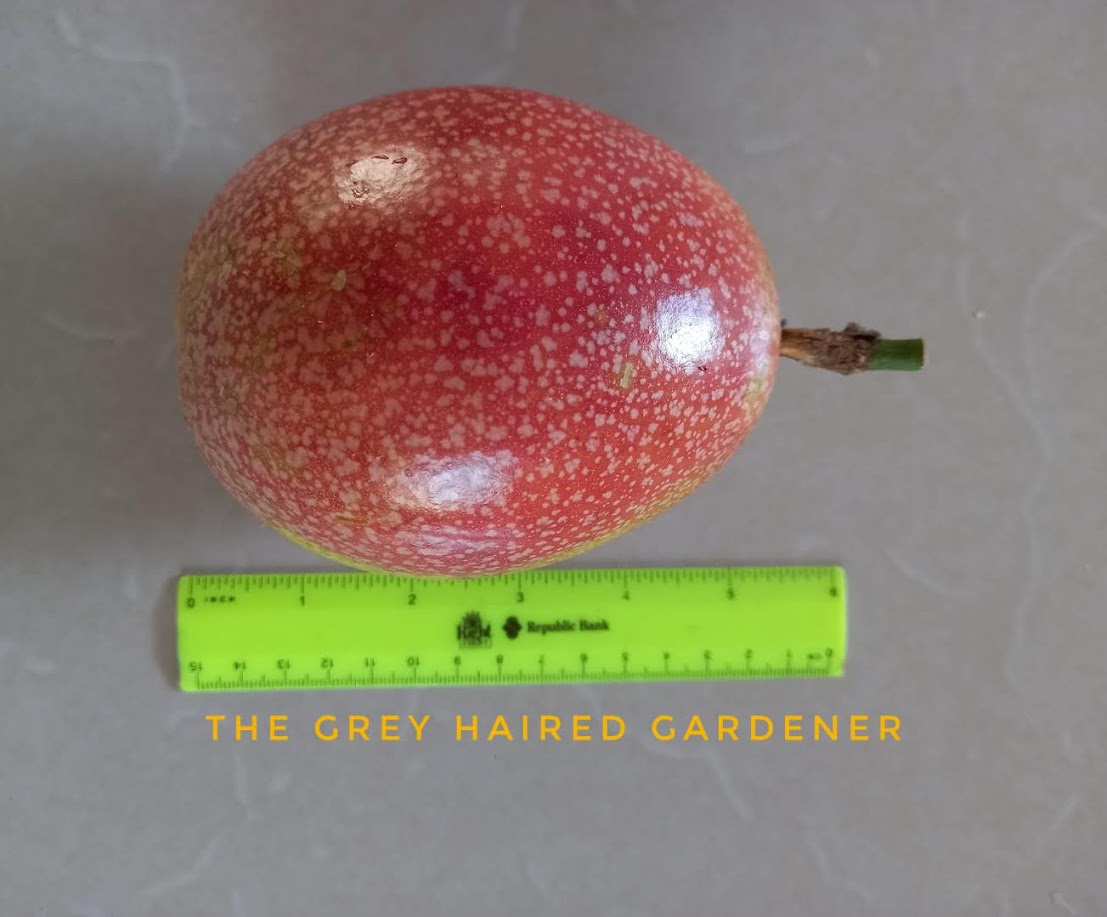
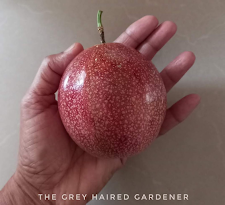

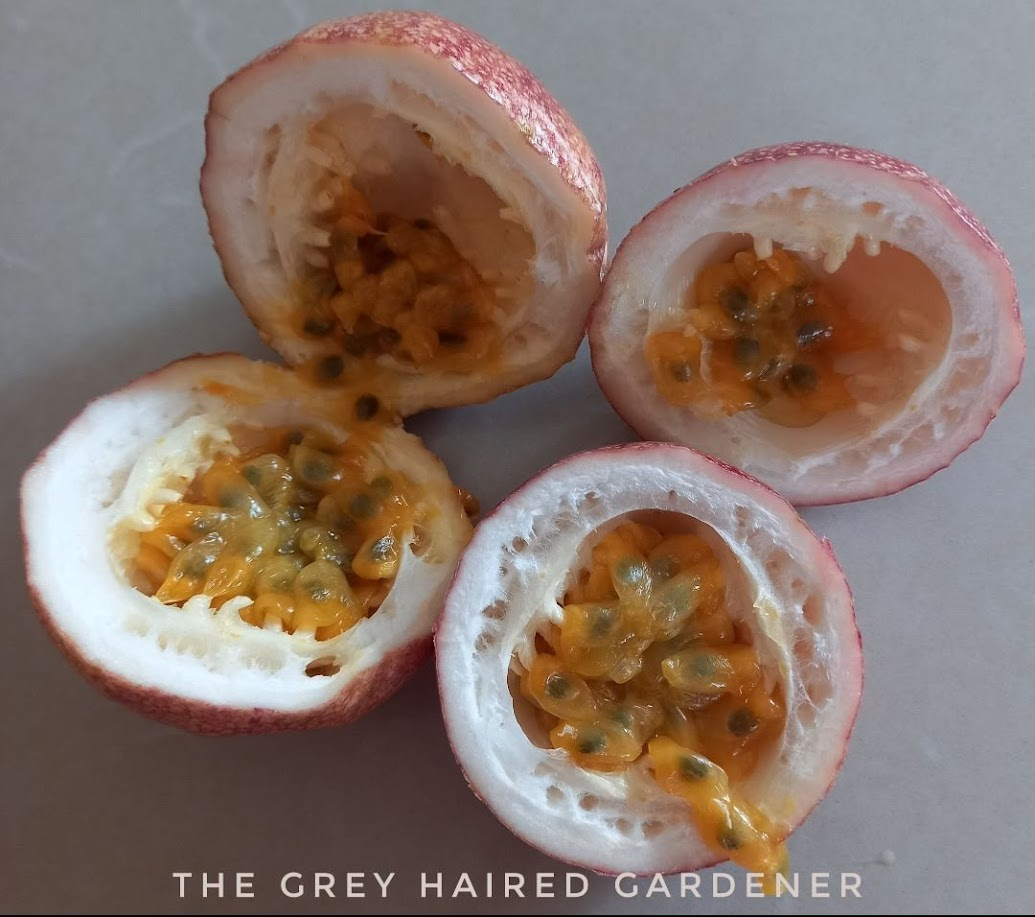

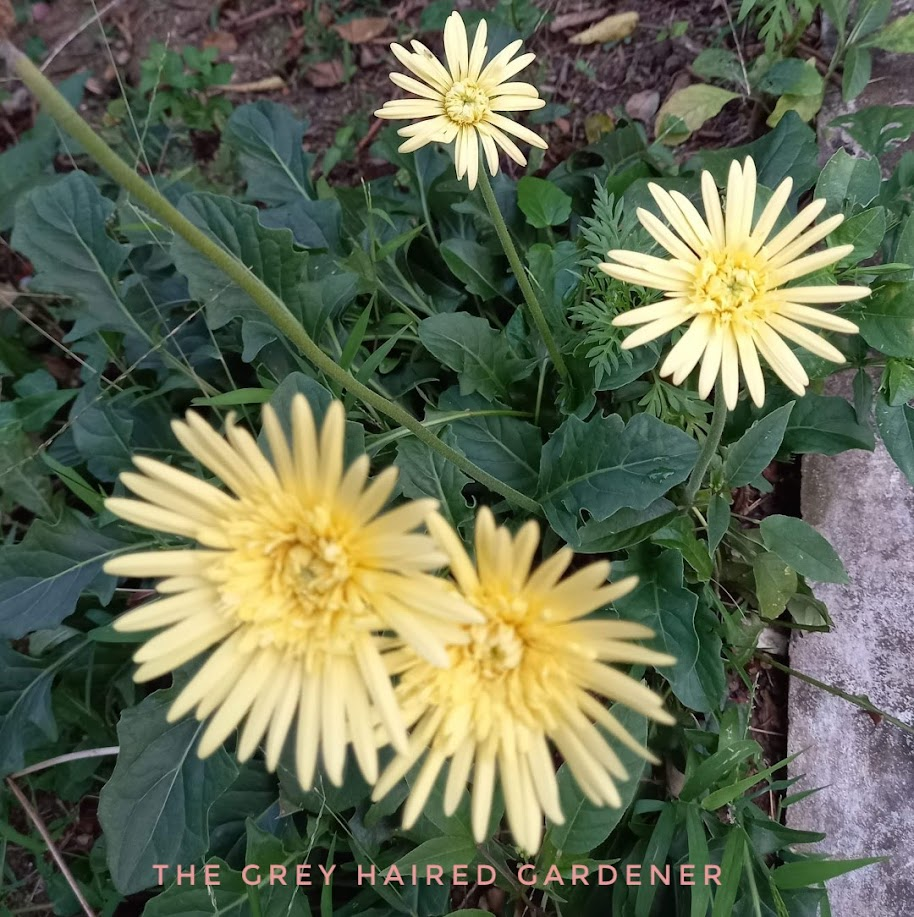




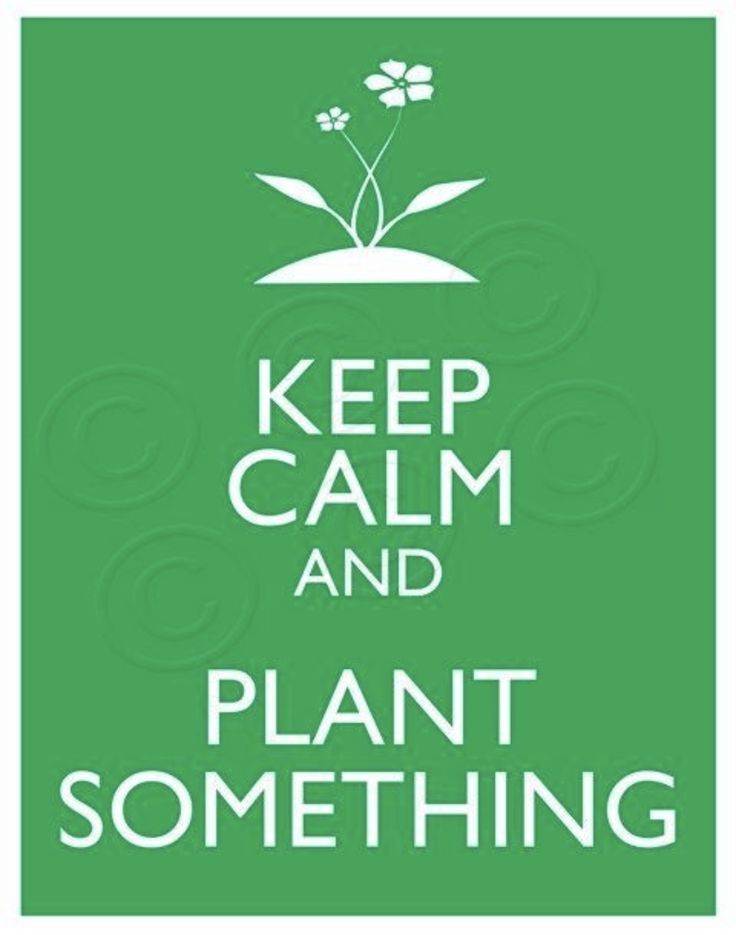

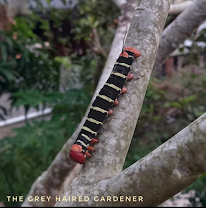




.jpg)

